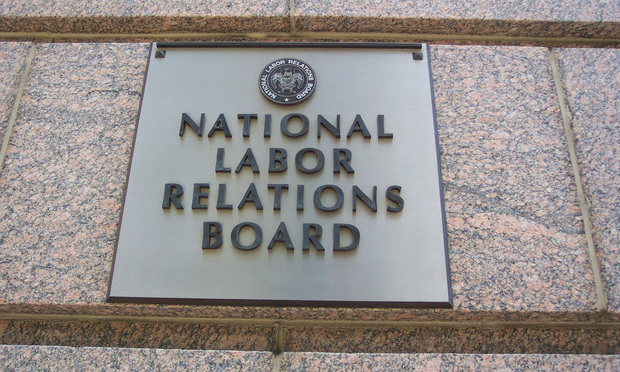The National Labor Relations Board has been making headlines of late with a high-profile internal debate over the scope of the joint employment doctrine under the National Labor Relations Act. The doctrine itself carries broad implications for franchisors and corporate “families” of affiliated companies, as well as any employer that relies on “temp agency” workers or subcontractors to supplement its own workforce. So it is critical for such companies, and their counsel, to have an understanding of both the doctrine and the current debate over it.
In essence, the joint employment doctrine posits that an individual employee, working in a single role, can be simultaneously—or “jointly”—employed by more than one employer. Take, for example, a cashier working at one location of a nationwide chain of fast-food restaurants. Under the joint employment doctrine, that individual may be considered the employee of both the franchisee company operating that local restaurant, and of the larger franchisor. Or take a retail store that hires one security supervisor to oversee and direct the work of subordinate officers who are supplied by a subcontractor. Under the joint employment doctrine, those officers may be considered employees of both the subcontractor and of the store.


 Geraldshields11/Wikimedia Commons
Geraldshields11/Wikimedia Commons




